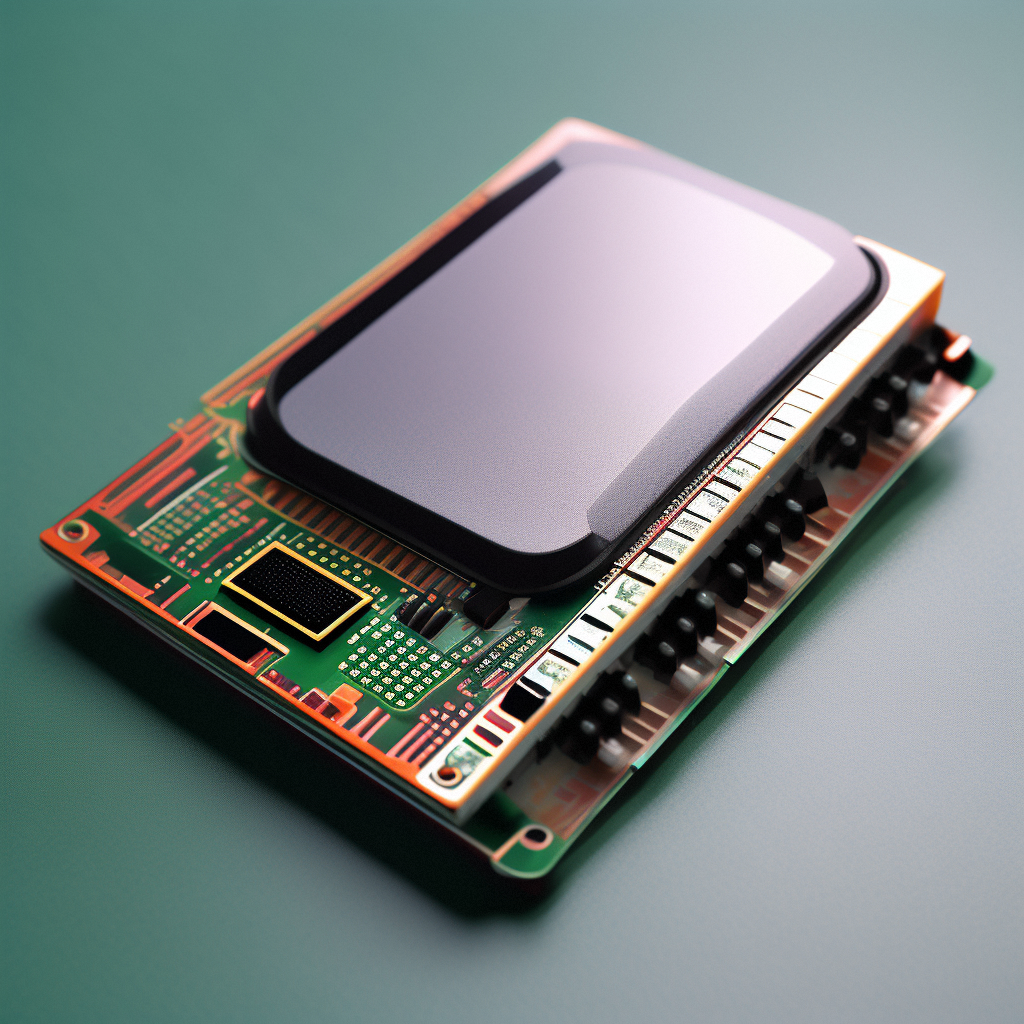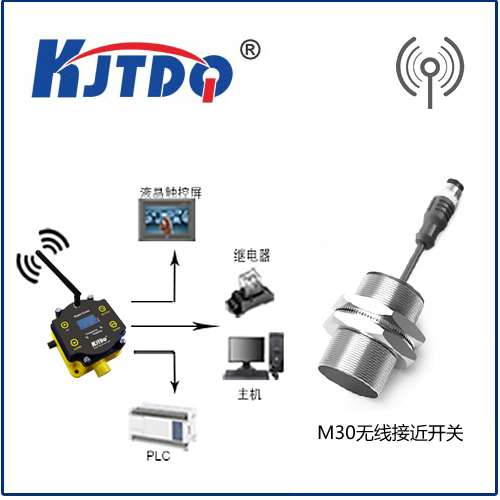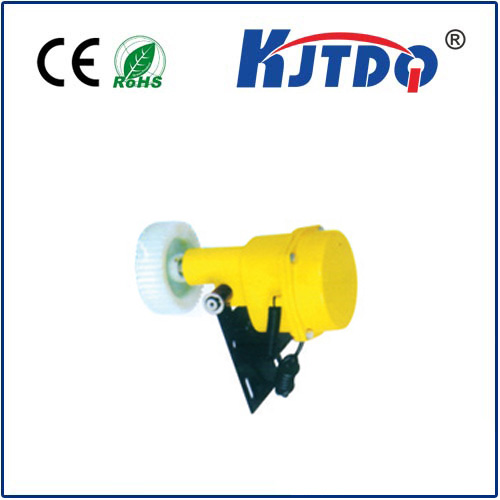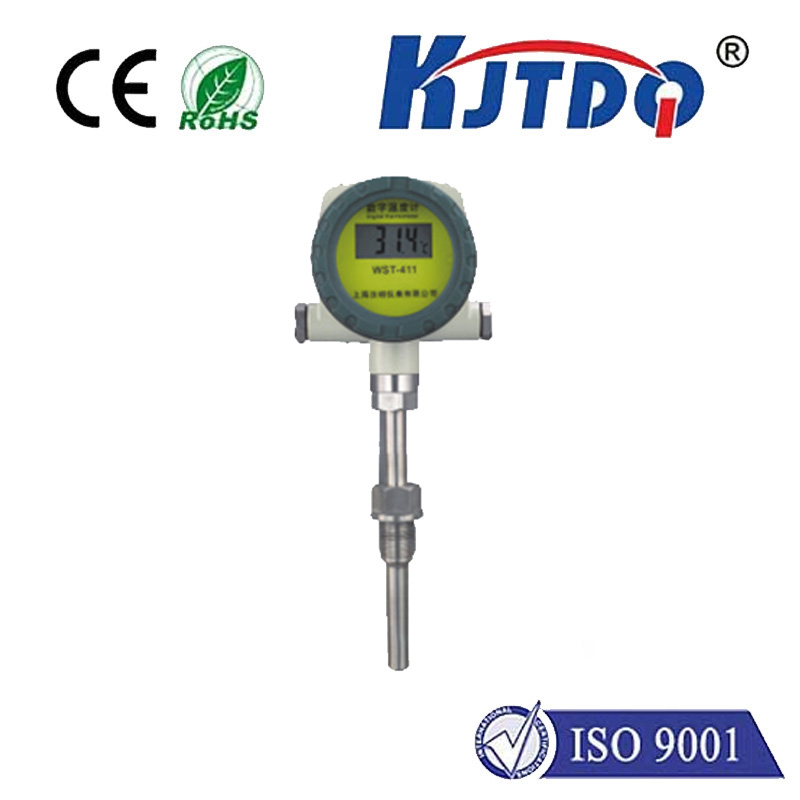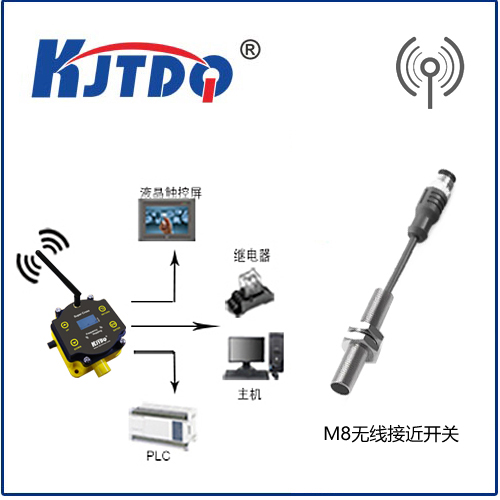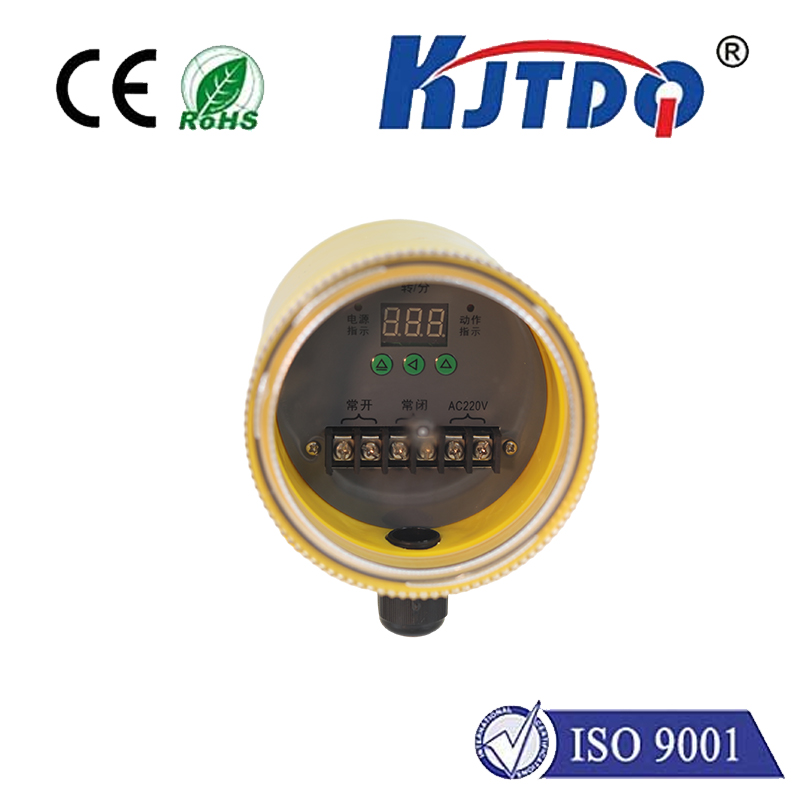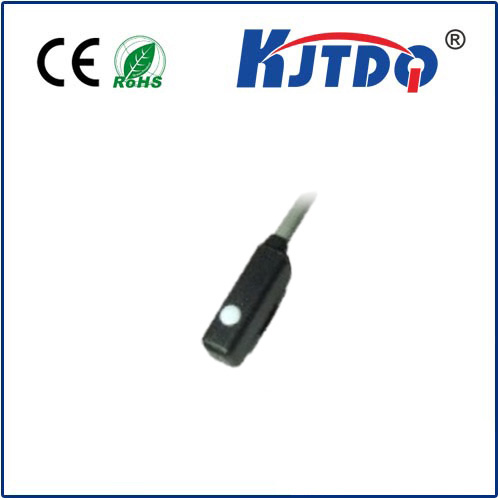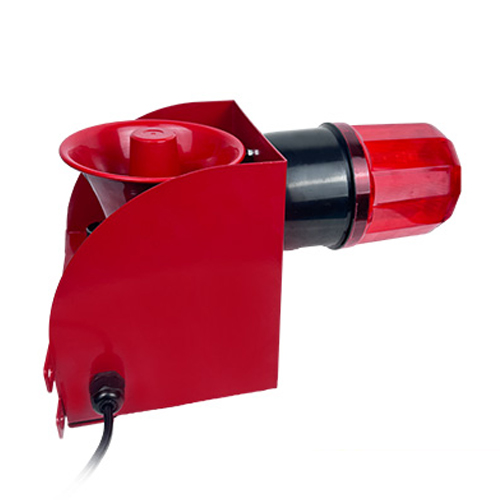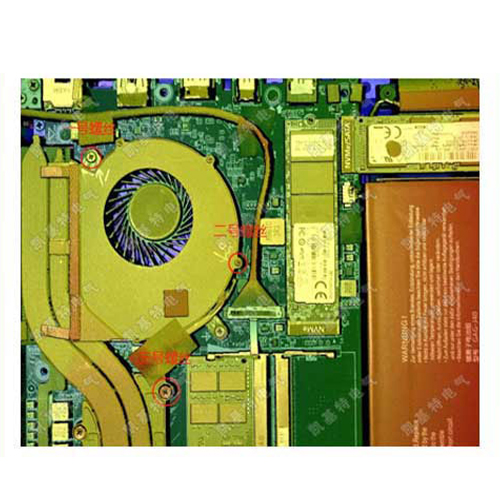Датчик pnp 24vdc
- time:2025-06-26 03:09:08
- Нажмите:0
Unlocking Efficiency: Why PNP 24VDC Sensors Are the Industrial Workhorse
Imagine the intricate nervous system of a modern factory. Countless actions – a robotic arm grasping, a conveyor belt stopping, a package being detected – rely on instantaneous, reliable signals. At the heart of this critical communication network often lies a humble hero: the PNP 24VDC sensor. More than just a component, it’s a cornerstone of industrial automation, delivering precision and robustness where it matters most. Understanding why this specific type of sensor dominates countless applications reveals its crucial role in keeping operations smooth, safe, and efficient.
Demystifying “PNP 24VDC”: Breaking Down the Terminology
The descriptor “PNP 24VDC sensor” precisely defines two fundamental characteristics:
- PNP (Positive-Negative-Positive): This refers to the switching type of the sensor’s output transistor. A PNP sensor, often called a “sourcing” sensor, provides the positive voltage (typically +24V DC) on its output wire when it detects its target. Think of it as actively switching the positive supply to the load (like a PLC input or relay coil).
- 24VDC: This specifies the operating voltage – 24 Volts Direct Current. This has become the de facto standard voltage level for industrial control systems due to its excellent balance of safety (lower risk of severe electric shock compared to higher voltages), noise immunity, and sufficient power for most control components.
The Powerhouse Advantage: Why PNP 24VDC Dominates
So, what makes this combination so prevalent? The benefits are tangible and impactful:

- Simplified Wiring & Standardization: The near-universal adoption of 24VDC in control panels means power supplies, PLCs, relays, and other sensors are typically designed for this voltage. Wiring a PNP 24VDC sensor into this ecosystem is straightforward. The brown wire connects to +24V, the blue wire to 0V (common or ground), and the black output wire carries the switched positive voltage to the load. This standardized approach drastically reduces installation errors and complexity.
- Robust Compatibility: Programmable Logic Controllers (PLCs), the brains of automation, universally accept sourcing (PNP) inputs. Connecting a PNP sensor directly to a PLC digital input module is plug-and-play, eliminating the need for additional interfacing components in most cases. This direct compatibility is a massive driver for adoption.
- Enhanced Electrical Noise Immunity: Industrial environments are electrically noisy. Motors, variable frequency drives (VFDs), and switching power supplies generate significant electromagnetic interference (EMI). 24VDC systems, inherently carrying more energy than lower voltages (like 5V or 12V), are generally less susceptible to being disrupted by this noise. This translates to fewer false triggers and more reliable operation – a critical factor for maintaining production uptime.
- Improved Safety Profile: While any electrical system requires respect, 24VDC is widely recognized as offering a safer working voltage compared to traditional 110VAC or 230VAC control systems. It significantly reduces the risk of severe electric shock during installation, maintenance, or troubleshooting, contributing to a safer workplace. Regulations often classify it as Safety Extra-Low Voltage (SELV).
- Abundant Power for Accessories: The 24VDC supply provides ample power not just for the sensor’s core function but also for integrated features. This includes bright LED status indicators for easy visual confirmation, robust short-circuit and overload protection mechanisms, and even the ability to power small supplementary devices directly from the sensor output in some configurations.
Where PNP 24VDC Sensors Shine: Core Applications
The versatility of PNP 24VDC sensors ensures their presence across virtually every industry involving automation:
- Object Detection: Proximity sensors (inductive for metal, capacitive for various materials, photoelectric for presence/absence, distance) rely heavily on PNP outputs. They detect parts on conveyors, pallet positions, robot end-of-arm tooling, and more.
- Position Verification: Limit switches, often with PNP solid-state outputs, confirm the position of machine components like cylinders (extended/retracted), slides, gates, and safety guards.
- Level Sensing: Capacitive or ultrasonic sensors monitoring tank levels or material bins frequently utilize 24VDC PNP outputs for reliable signal transmission to control systems.
- Speed and Motion Monitoring: Rotary encoders and tachometers measuring motor or shaft speed often provide PNP-compatible output signals compatible with 24VDC PLC inputs.
- Safety Interfacing: While critical safety functions often use specialized safety-rated sensors and relays, many non-safety-critical interlocks and monitoring points employ standard PNP 24VDC sensors.
Selecting the Right PNP 24VDC Sensor: Key Considerations
Choosing the optimal sensor involves more than just voltage and output type:
- Sensing Principle: Match the sensor type to the target and environment (e.g., inductive for metal, photoelectric for non-metal presence/absence, capacitive for liquids/powders, ultrasonic for distance/level).
- Sensing Range: Ensure the specified operating range meets the physical requirements of your application.
- Output Configuration: While ПНП is standard, confirm if a Normally Open (N.O. - output on when target present) or Normally Closed (N.C. - output off when target present) configuration is needed. N.O. is most common.
- Electrical Load: Verify the sensor’s maximum output current (e.g., 100mA, 200mA, 500mA) can drive the connected load (PLC input, relay coil, pilot light). PLC inputs typically require only 5-20mA, making most sensors compatible.
- Environmental Rating: Consider IP (Ingress Protection) rating for dust and water resistance (e.g., IP67 for washdown environments), temperature tolerance, and resistance to chemicals or oils if applicable. Robust construction is non-negotiable in harsh plants.
- Connection Type: Choose between pre-wired cables or quick-disconnect (M8, M12 connectors) for ease of installation and maintenance. M12 connectors offer superb reliability and speed.
- Status Indication: A visible LED is invaluable for commissioning and troubleshooting. Ensure it’s present and bright enough.
Beyond the Basics: The Reliability Layer
Beyond the functional specifications, the inherent design of PNP 24VDC sensors contributes significantly to system reliability:
- Polarity Protection: Most quality sensors incorporate protection against accidental reverse connection of power wires, preventing immediate damage – a common occurrence during hectic installations or modifications.
- Short-Circuit & Overload Protection: Robust electronic outputs are designed to withstand accidental shorting to ground or connection to loads exceeding their rating (within limits), often automatically resetting once the fault is cleared. This minimizes downtime.
- Voltage Fluctuation Tolerance: Industrial power isn’t perfectly stable. Good sensors operate reliably within a specified range around 24VDC (e.g., 10-30VDC), accommodating typical power supply fluctuations.
Installation Best Practices
Maximizing the performance and lifespan of your PNP 24VDC sensors involves proper installation:
- Secure Mounting: Ensure the sensor is firmly fixed to prevent vibration damage and maintain consistent sensing distance. Vibration is a major cause of sensor failure.
- Correct Alignment: Especially critical for photoelectric and proximity sensors – precise alignment with the target ensures reliable detection.
- Clean Environment: Keep sensing faces free of excessive dirt, oil, or metal chips, which can interfere with detection.
- Proper Wiring: Use correct wire gauges, secure connections, and adhere to color codes. Separate sensor cables from high-power AC lines whenever possible to minimize electrical noise coupling. Shielded cables are recommended in high-noise areas. Good wiring is fundamental to reliability.
- Protective Accessories: Consider mounting brackets for precise positioning or protective guards for sensors exposed to physical impact.
From the rhythmic pulse of an assembly line to the precise movements of robotic arms, the

